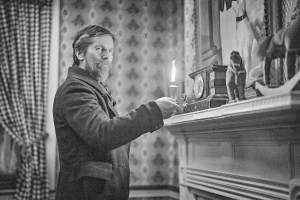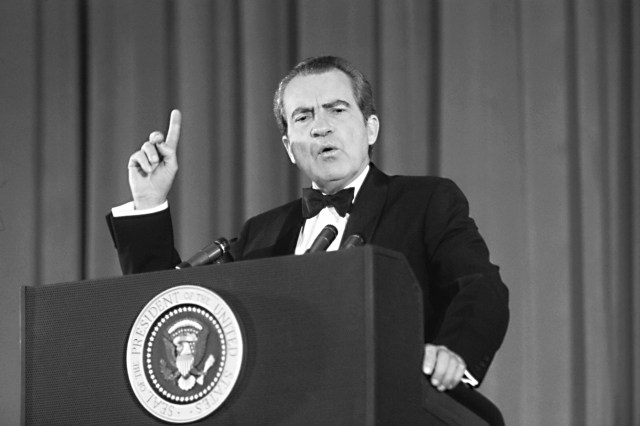New England had a series of “vampire panics” in the 19th century.
Vampires haunted our imaginations long before Bram Stoker’s classic 1897 novel Dracula popularized the vision of the blood-sucking monster we know today. They’ve existed as fearsome supernatural forces throughout centuries of folktales and superstitions in just about every culture across the globe — including the United States. In fact, in the late 18th century and throughout the 19th century, many residents in rural Rhode Island, Connecticut, Massachusetts, Maine, and Vermont believed vampires were preying on their communities. The panic was fueled not only by superstitions, but also by a lack of understanding of medical science and infectious disease.
In the early 18th century, what we now know to be tuberculosis began ravaging rural New England at epidemic rates, killing an alarming number of people. Victims became gaunt and pale, and often coughed blood, and some residents became convinced that vampires were at fault (though plenty of others remained skeptical). The bacterial lung infection is highly transmissible and at the time often consumed entire families, further fueling the belief that vampiric forces were returning to claim more victims. The vampires weren’t necessarily seen as corporeal beings, raising from the dead under the cover of night; according to author and folklorist Michael E. Bell, the belief was that vampires maintained a sort of spiritual connection with the families, and exploited it to drain their life force.
In an attempt to stop the deadly spread, a vampire hunt took place throughout the region. Graves were exhumed and bodies were sometimes turned over or parts rearranged; other times, vital organs were removed and even burned, a practice believed to prevent the undead from rising from the grave and causing further harm. Roughly 80 cases of exhumation have been recorded between the late 1700s and 1892, though many more are presumed to have taken place. As outlandish as it may seem now, the New England vampire panic remains a relevant reminder that the monsters we create are often a reflection of our own fears, unknowns, and anxieties.















